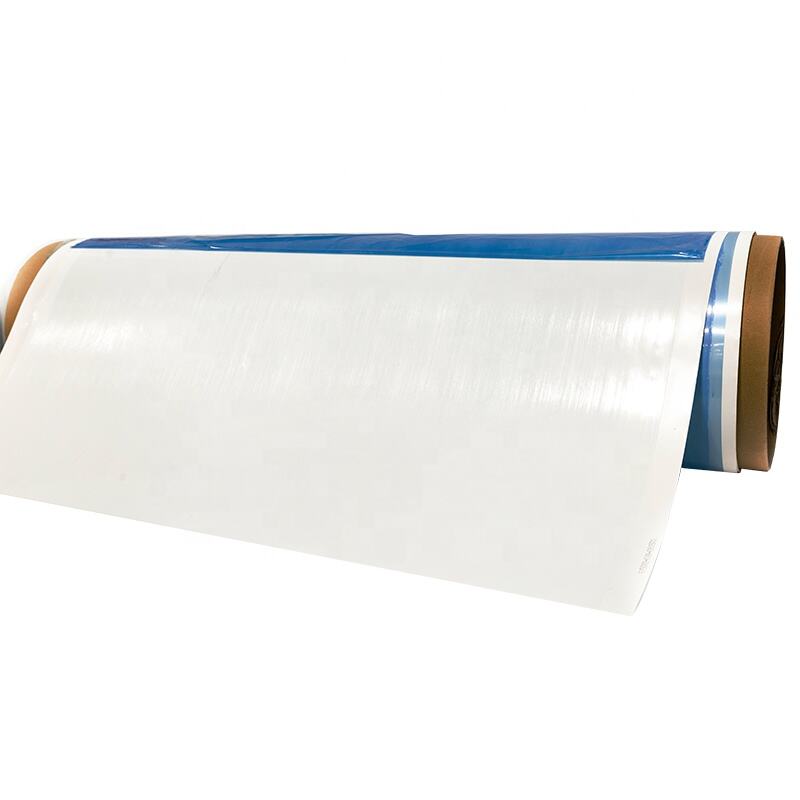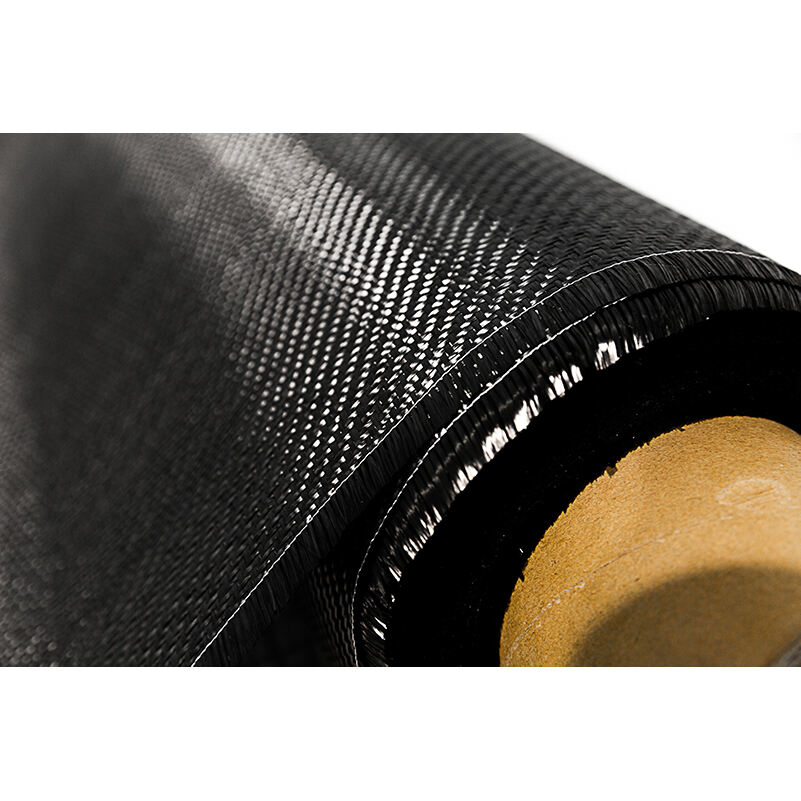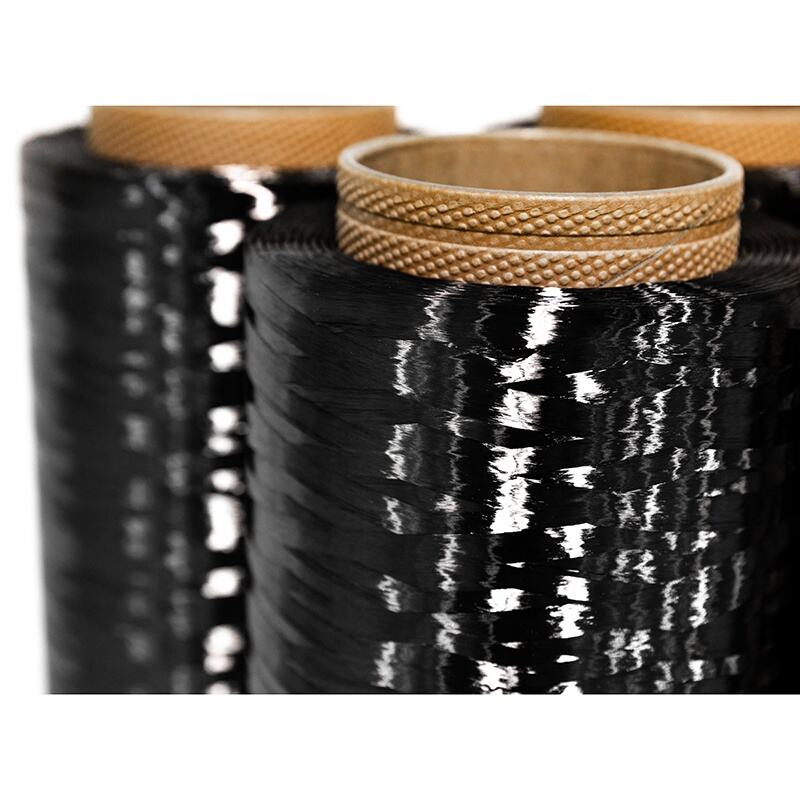uav carbon fiber
UAV carbon fiber represents a revolutionary material in the drone industry, combining exceptional strength with remarkably light weight. This advanced composite material consists of carefully woven carbon fibers embedded in a robust resin matrix, creating a structure that offers superior performance characteristics. The material exhibits an impressive strength-to-weight ratio that significantly surpasses traditional metals like aluminum or steel while maintaining excellent rigidity and durability. In UAV applications, carbon fiber components are strategically implemented in crucial areas such as the frame, propeller arms, and landing gear, where strength and weight considerations are paramount. The material's inherent resistance to fatigue and corrosion ensures extended operational life, while its thermal stability maintains structural integrity across varying environmental conditions. Modern manufacturing techniques allow for precise layering and orientation of carbon fibers, optimizing the material's properties for specific load requirements and flight characteristics. The integration of UAV carbon fiber has enabled the development of more efficient, longer-range drones capable of carrying heavier payloads while consuming less power, revolutionizing applications in commercial surveying, photography, delivery services, and military operations.


